CINEMATOGRAPHY – ALEX T
SOUND DESIGN – WILL S
SCREENWRITING – OLLIE H
EDITING – ME
CINEMATOGRAPHY – ALEX T
SOUND DESIGN – WILL S
SCREENWRITING – OLLIE H
EDITING – ME
DEFINITIONS:
Subaltern – Having a lower status to others.
Orientalism – How we view Asian countries and place them into stereotypes.
Diaspora – The dispersion or spread of people from their homeland.
Exoticism – Looking attractive to others due to a culturally unique feature you have.
Mimicry – Imitating to ridicule.
Otherness – Being different.
WHITE MAN’S BURDEN – Rudyard Kipling
Take up the White Man’s burden—
Send forth the best ye breed—
Go send your sons to exile
To serve your captives’ need
To wait in heavy harness
On fluttered folk and wild—
Your new-caught, sullen peoples,
Half devil and half child
I feel that the Disney adaptation of the film Pocahontas half reflects this poem solely because when John Smith first meets Pocahontas, he calls her a savage and says he can help civilise her (referencing the poem and how it talks about white men colonising being seen as helping others when in a matter of fact, it removes and ruins other cultures traditions). But, Pocahontas refuses and introduces John Smith to her traditions later allowing John Smith to appreciate her culture as opposed to terminate or appropriate.
EXAMPLES OF THE MALE GAZE IN ANIMATION:
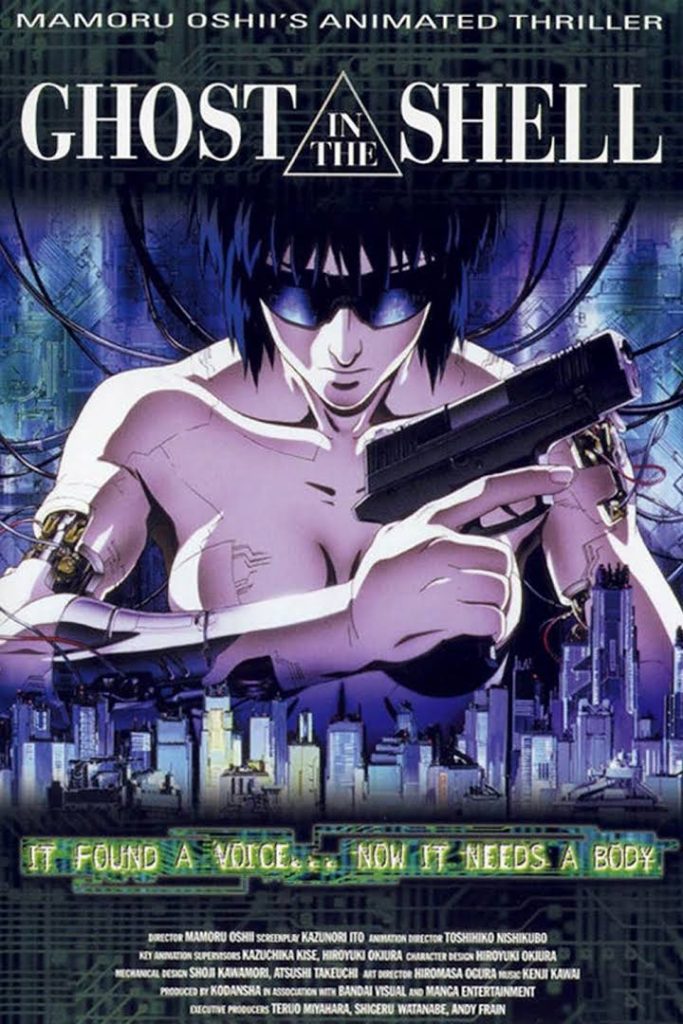
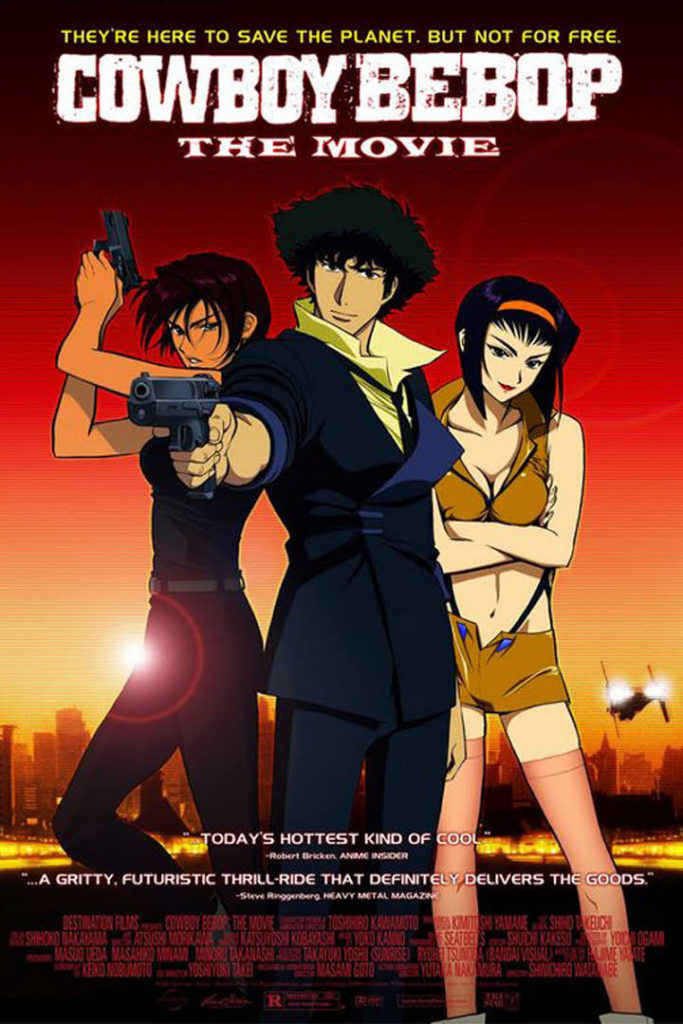
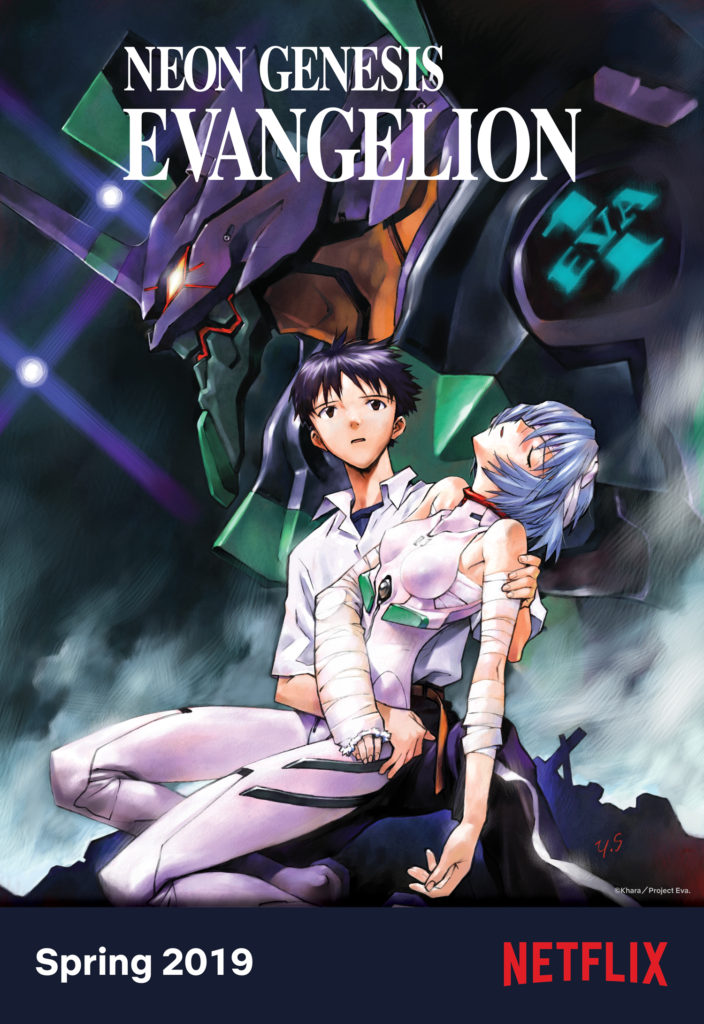
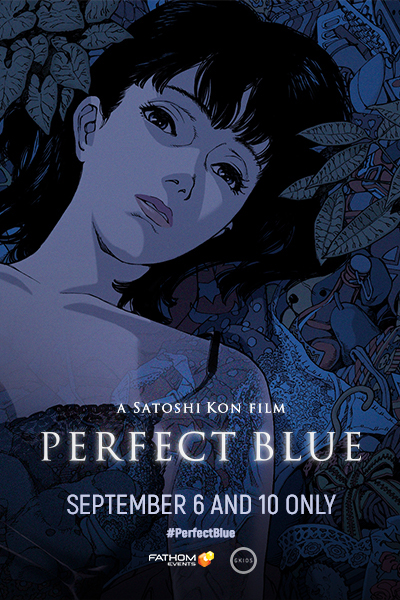
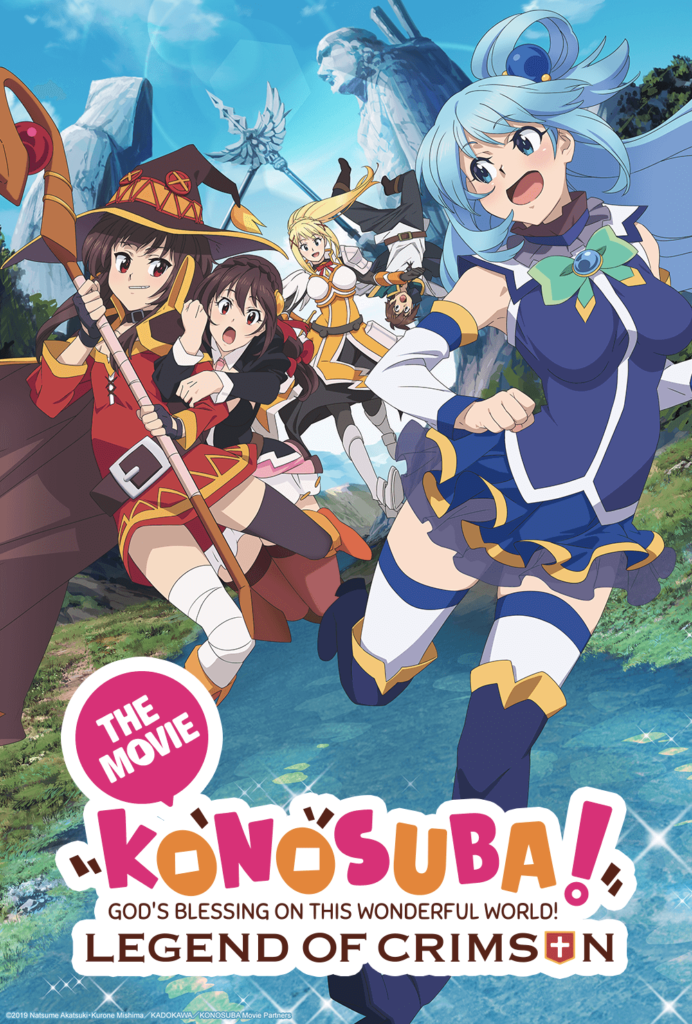
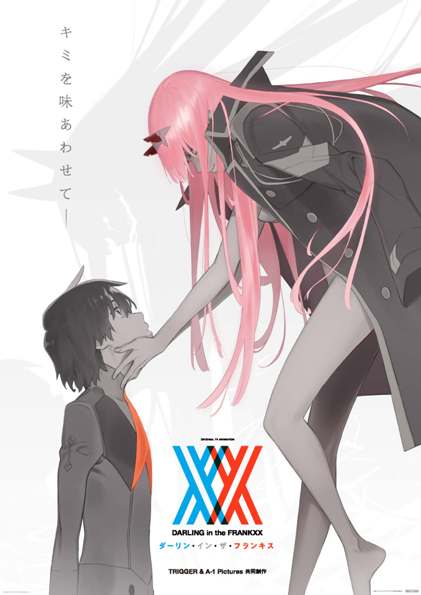
KAKEGURI
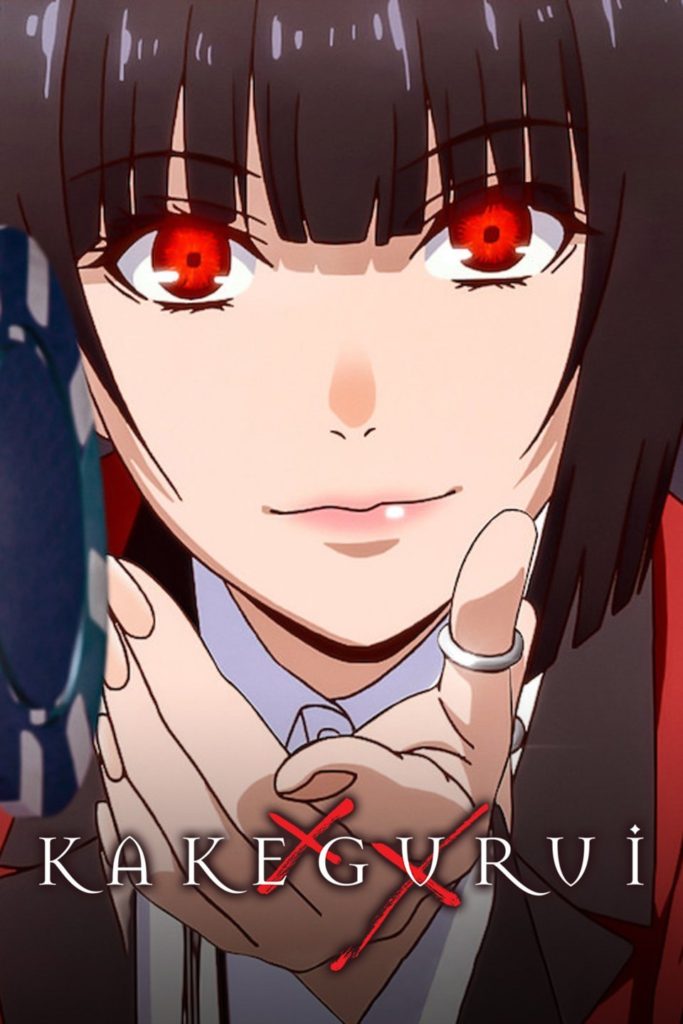
Kakegurui is set in a high-class elite school housing the children of Japan’s most wealthy and influential people and with many future leaders and professionals among the student body. However, the student hierarchy in this school is not determined by academic performance or athletic ability, but rather by gambling. The Male Gaze is employed in this anime by the story writers making the female protagonist and other female characters “get off” on the thrill of gambling and the animators giving the characters a very revealing design (short skirts, large chests).
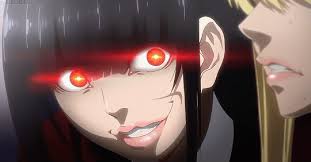
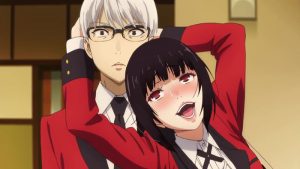
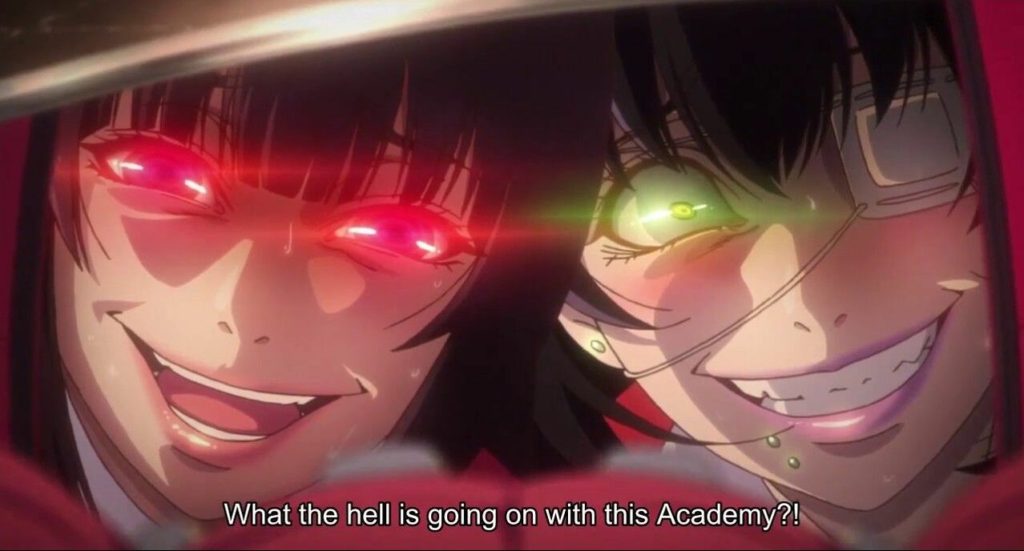
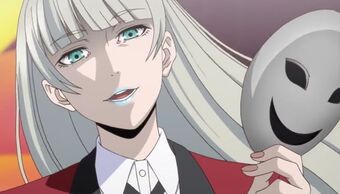
JOJO’S BIZARRE ADVENTURE
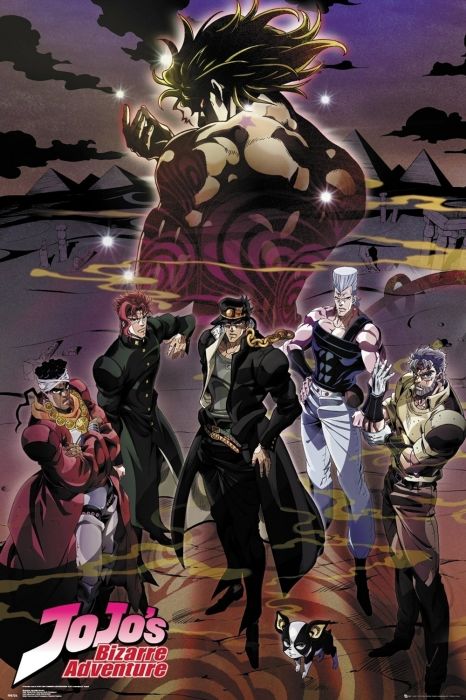
A good example of the Female Gaze in animation is Jojo’s Bizarre Adventure. Each of the eight protagonists is a member of the Joestar family, who each possess a star-shaped birthmark above their left shoulder blade. The plot of each part generally consists of JoJo gathering a group of allies, mastering their supernatural ability, battling various enemies and villains. Straight off the bat, the animation team made all characters overly muscly due to that style being popular in the 80’s and 90’s, when Jojo’s Bizarre Adventure was first being published. Author Hirohiko Araki states in several interviews that many character designs were based off of popular movie stars, who were all super ripped at the time. However, they slowly lose muscle mass over time, most notable in part 5. This was part shift towards realism and part shift to a more effeminate, 2000’s style.
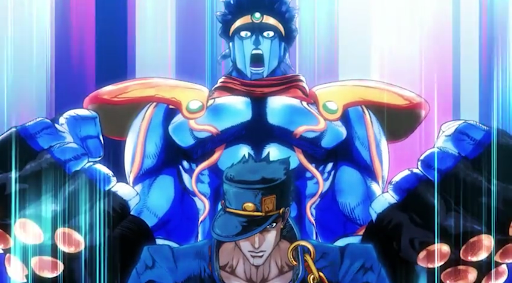
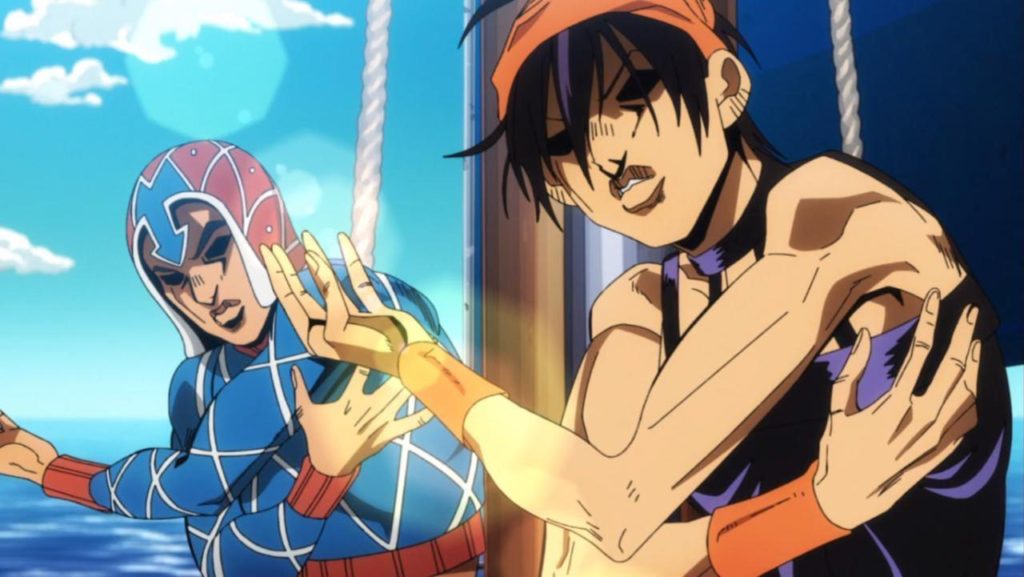
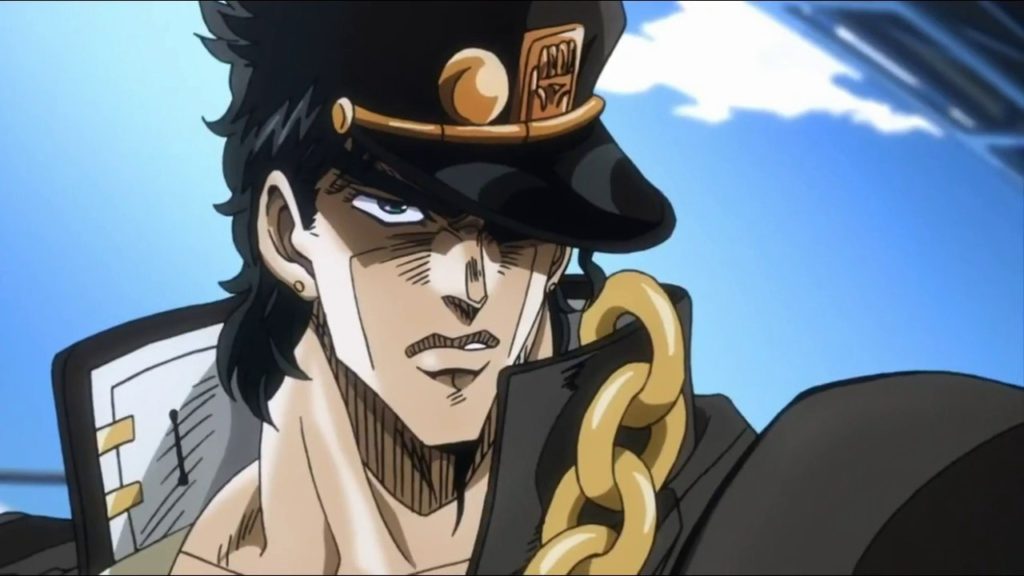
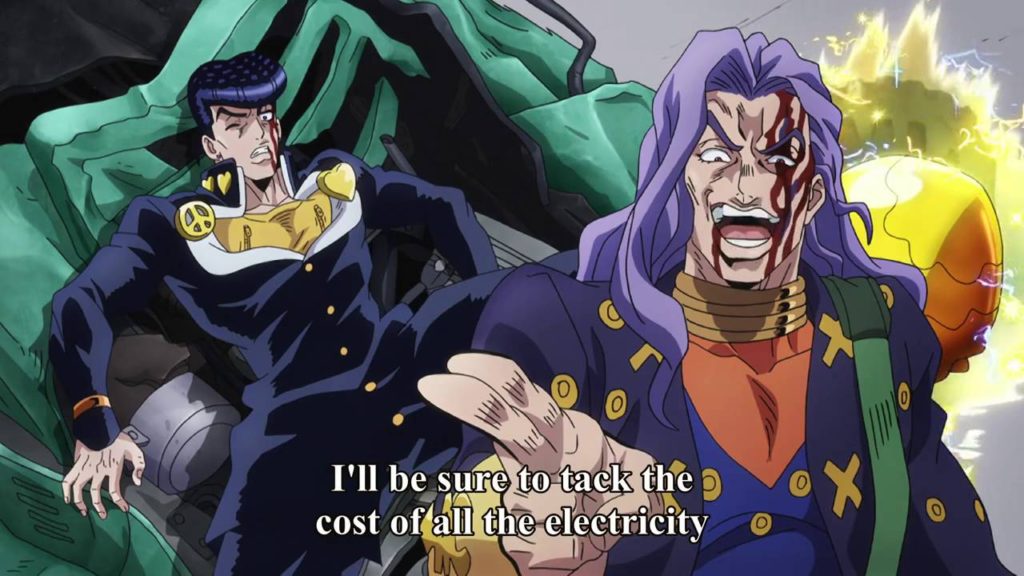
WOLF CHILDREN
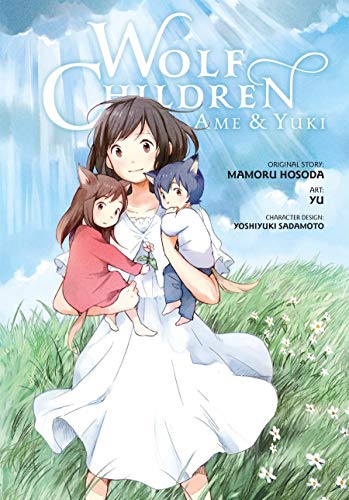
Within the anime sector of film, I feel that Wolf Children is best fit with the authors argument because it is about a single mother’s life with her struggle of grief, depression and dealing with her children who are also part wolf. Yuki and Ame (the children) constantly switch between their human and wolf forms, and Hana has to hide them from the world. After she receives noise complaints and a visit from social workers concerned that the children have not had vaccinations, Hana (the mother) moves the family to the countryside away from prying neighbors. She works hard to repair a dilapidated house, but struggles to sustain the family on their own crops. With help from a strict old man named Nirasaki, she learns to farm sufficiently and becomes friends with some of the locals. At the end of the film, Ame goes on to live as a human and goes to attend a boarding school and Yuki decides to live as a wolf in the forest, Hana, living alone now, reflects that raising her wolf children was like a fairy tale, and feels proud to have raised them well. Although the film has elements of fantasy, other single mothers can be able to relate to this film and be empowered by this film knowing that they’re not by themselves and alone but instead part of a community of other single mothers and should embrace it.
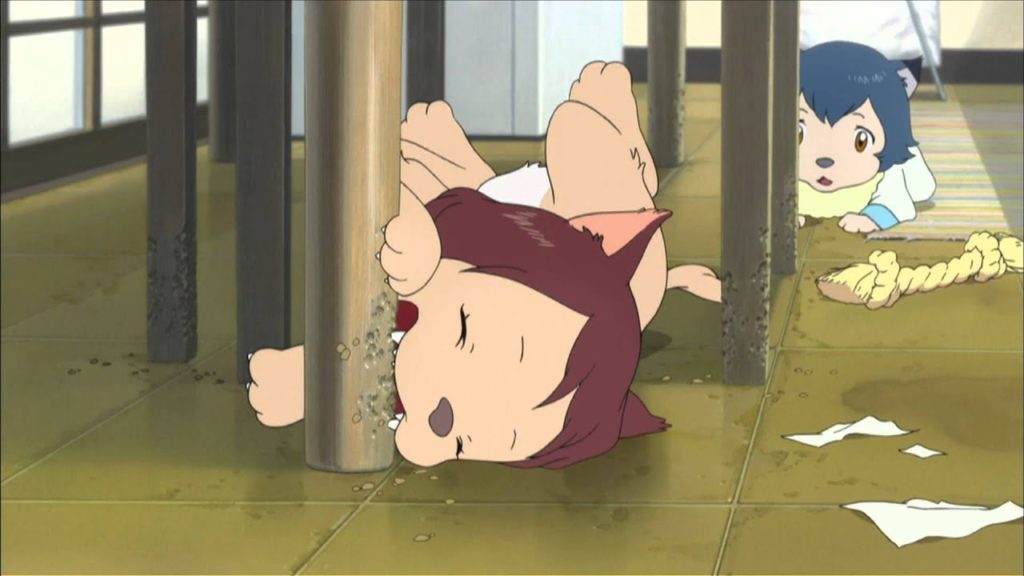
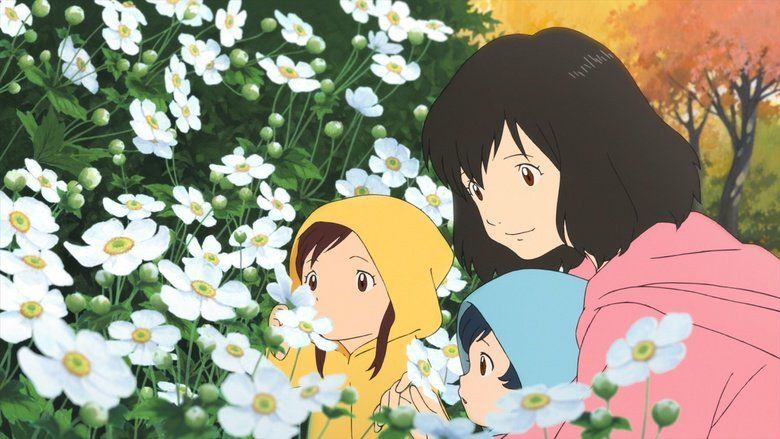
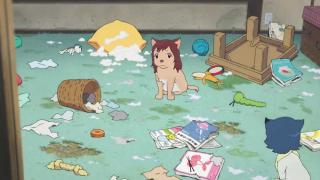

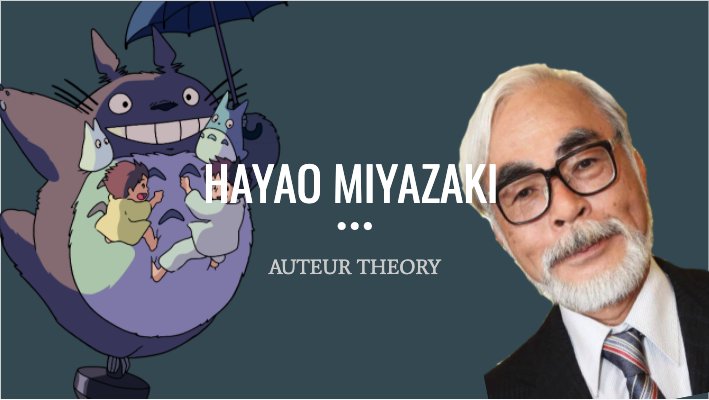
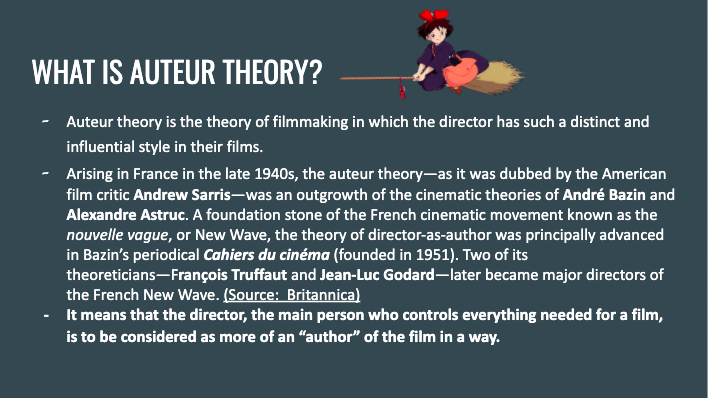
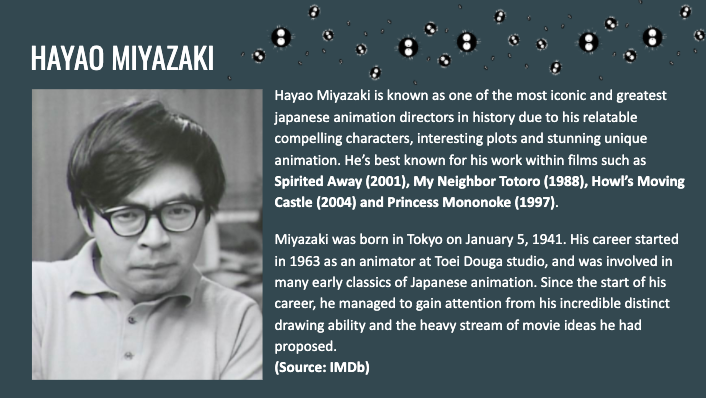

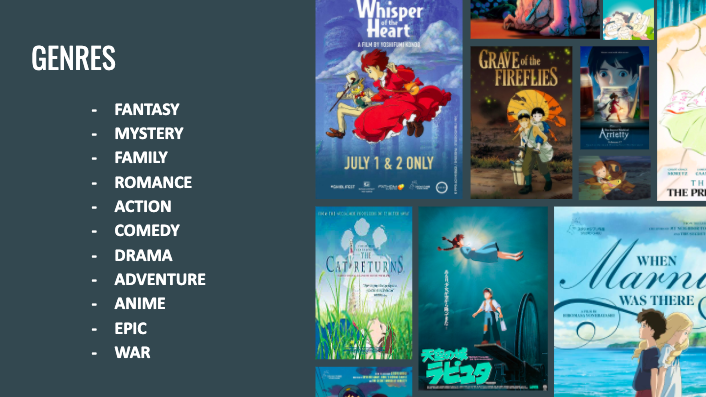
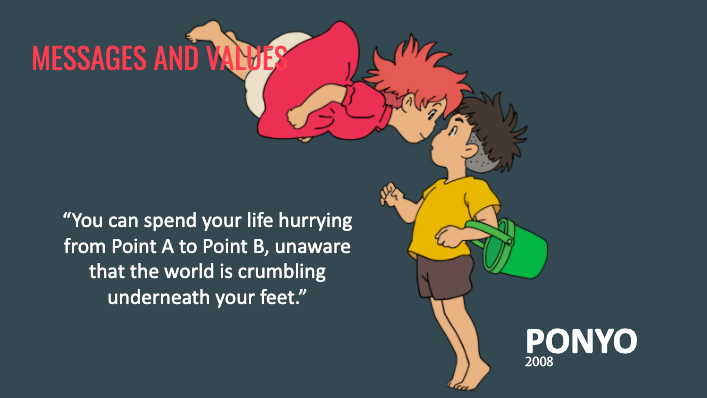
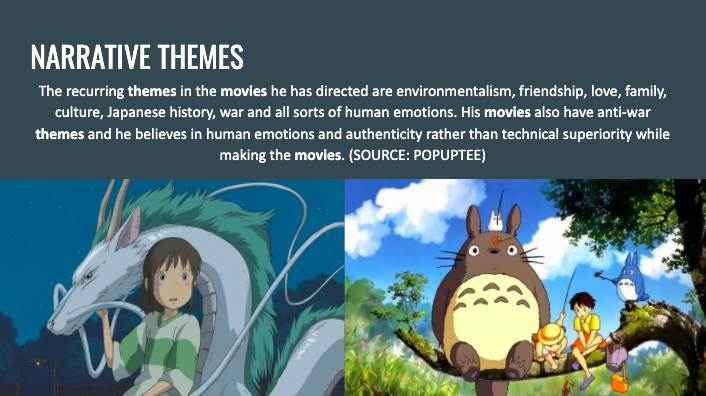

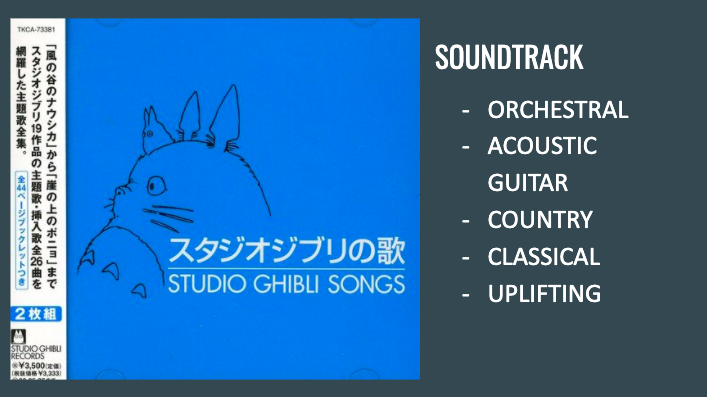
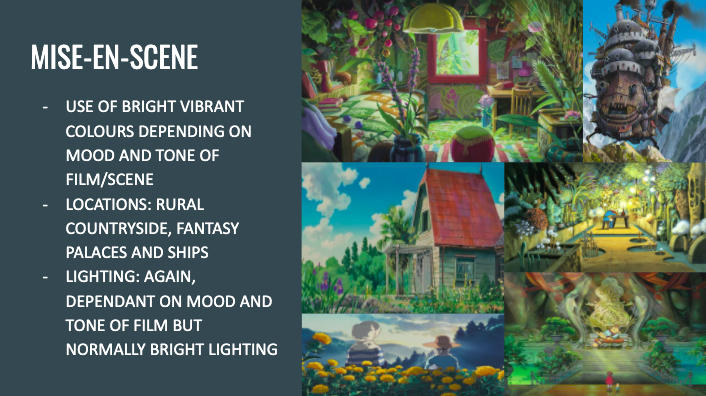
Area of Film Focus – Cinematography and Style in the Anime/Manga genre
“The word anime is the Japanese term for animation, which means all forms of animated media. Outside Japan, anime refers specifically to animation from Japan or as a Japanese-disseminated animation style often characterized by colorful graphics, vibrant characters and fantastical themes.” – Wikipedia (https://en.wikipedia.org/wiki/Anime)
Film 1 – Perfect Blue
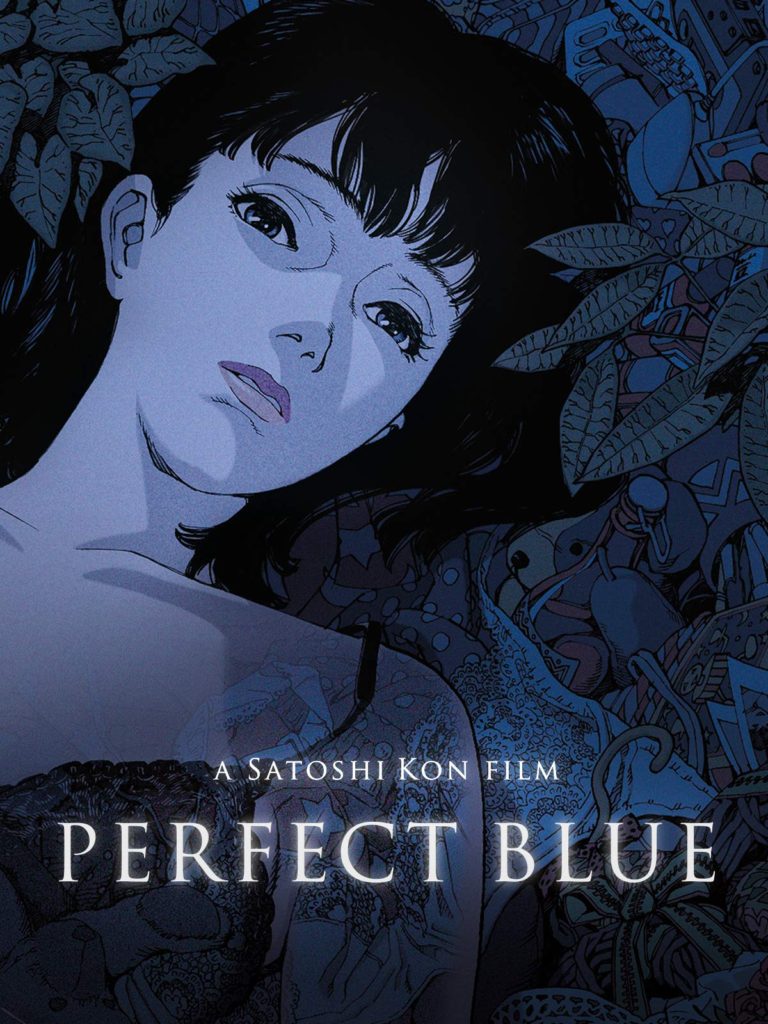
REVIEWS: (Sourced from Rotten Tomatoes)
“Strange, stylish and intelligent, this is a rare anime film that delivers on its Eastern promise.” – Kim Newman, Empire
“Animated. Singer quits band to become an actress. Interesting play on perceptions of reality.” – Anita Gates, The NYTimes
“A brutal and haunting meditation on identity, femininity, and fame.” – Matt Brunson, Film Frenzy
Film 2 – A Silent Voice
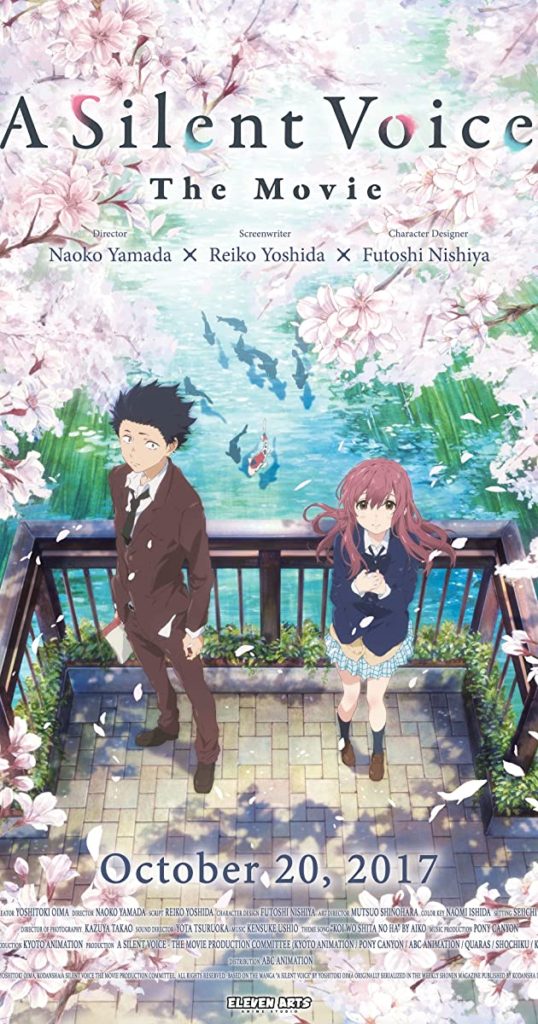
REVIEWS: (Sourced from Rotten Tomatoes)
“It’s a very tough tightrope director Naoko Yamada walks with a protagonist bully but she manages to underscore the social anxiety and rejection of both characters with poignancy and power.” – Rachel Wagner, Rotoscopers
“A marvelously subtle work of visual storytelling.” – Tim Brayton, Alternate Ending
“The film is beautiful to look at. The film is hand-drawn, and the outdoor settings and backdrops are breathtaking. A Silent Voice is a true piece of art.” Alan Ng, Film Threat
Comparative Study Question – “How has the Anime/Manga genre changed over time?”
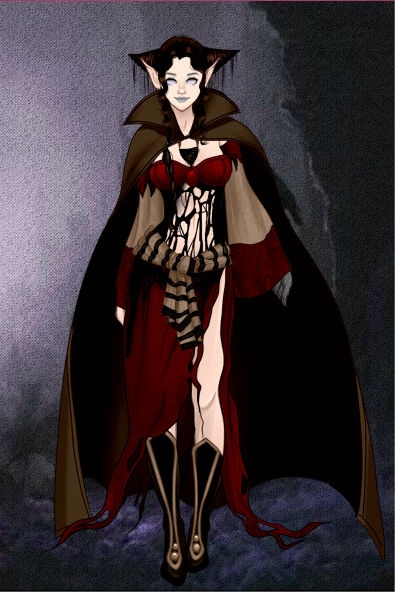
Which technique(s) being used: Framed Subject, Deep Focus and Extreme Low Shot
Where (location) we are shooting: School Hall
Who (subject) we are shooting: Ollie H, Bradley and myself
What specific meaning we are trying to achieve in relation to storytelling: The Extreme Low shot was to try show that the actor thinks he has power and is doing really well in his audition (similar to Susan and her opera career). The Framed shots were to show how the actor really looked like to judges and show the authority they had over the young actors career which is also emphasised by the actor being very far away from them (Deep Focus).
For our project we set out to create a scene using the deep focus and framed shots that were used in citizen kane. We decided to use the hall as it was the biggest and best place to get the shots we were aiming for. I feel like we were successful in gaining the deep focus and framed shots but trying to get the right angle in these shots was quite difficult as we had to balance the camera on various different books and other items. as we didn’t have a tripod, when we were filming the first scene it ended up being shaky from having the camera being handheld. We also struggled to get the correct lighting for our scene as we weren’t allowed to use the spot light tech for the stage because none of use knew how to use it so, we worked with the two main lights that was in the hall.
Name at least one film made by each director.
The General – Buster Keaton
“The General (1926) When Union spies steal an engineer’s beloved locomotive, he pursues it single-handedly and straight through enemy lines.” – IMDb
The Kid – Charlie Chaplin
“A woman decides to abandon her baby in the backseat of an automobile with a handwritten note attached, beseeching the finder to care for and love the child. When the car is stolen by thieves, who discover the baby in the backseat, they subsequently leave him on the street.” – IMDb
Orphans of the Storm – DW Griffith
“Two orphaned sisters are caught up in the turmoil of the French Revolution, encountering misery and love along the way.” – IMDb
Who were Buster Keaton and Charlie Chaplin?
They were two of the most well known comedians and great cinema practitioners in the silent film era.
Why was DW Griffiths film Birth of a Nation so successful when it was released in 1915?
It was the first 12-reel film ever made and, at three hours, also the longest up to that point.
Why is it so controversial now?
Birth of a Nation uses explicit racism as the film provides a highly subjective history of the Civil War, Reconstruction, and the rise of the Ku Klux Klan. The film also heavily used black face on actors. Birth of a Nation gave people of colour a bad reputation to the point where white people would beat up and use racial slurs against them.